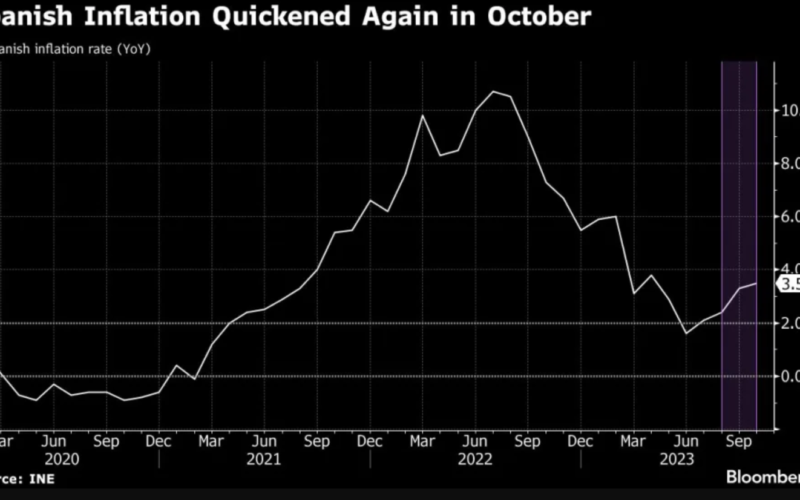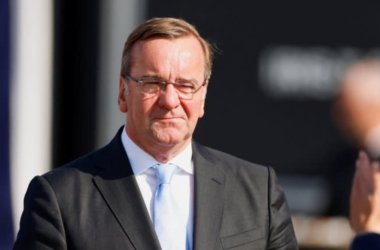Spanish inflation has seen a consistent uptick for the fourth consecutive month, marking its highest level since April. A surge in consumer prices underscores the need for the Spanish government to extend protective measures to help households cope with a cost-of-living crisis that is being considered one of the most severe in a generation.
According to data from October, the inflation rate in Spain stood at 3.5%, with electricity costs emerging as a significant contributing factor, as reported by the national statistics institute. This figure represents an increase compared to the 3.3% rate observed a month earlier. Although the October reading fell slightly below the median estimate of 3.8% in a Bloomberg economist survey, it continues to be a concern.
These numbers place additional pressure on Acting Prime Minister Pedro Sanchez, who faces the decision to extend various tax reductions and subsidies, including those for public transport. These measures were initially introduced to cushion the impact of rising inflation on Spanish citizens. The government must make a decision on their continuation before the end of the year.
Spain’s inflation data release initiates a series of announcements across Europe. Early regional data from Germany suggests a significant national slowdown, mirroring the expected trend for the broader 20-nation euro zone. Analysts anticipate a moderation in the euro zone’s inflation rate from 4.3% to 3.1%.
The release of October’s inflation data coincides with the publication of third-quarter gross domestic product (GDP) readings for the same period. Results varied across the eurozone, with Spain reporting continued growth while Germany, Austria, and Ireland experienced economic contraction.








